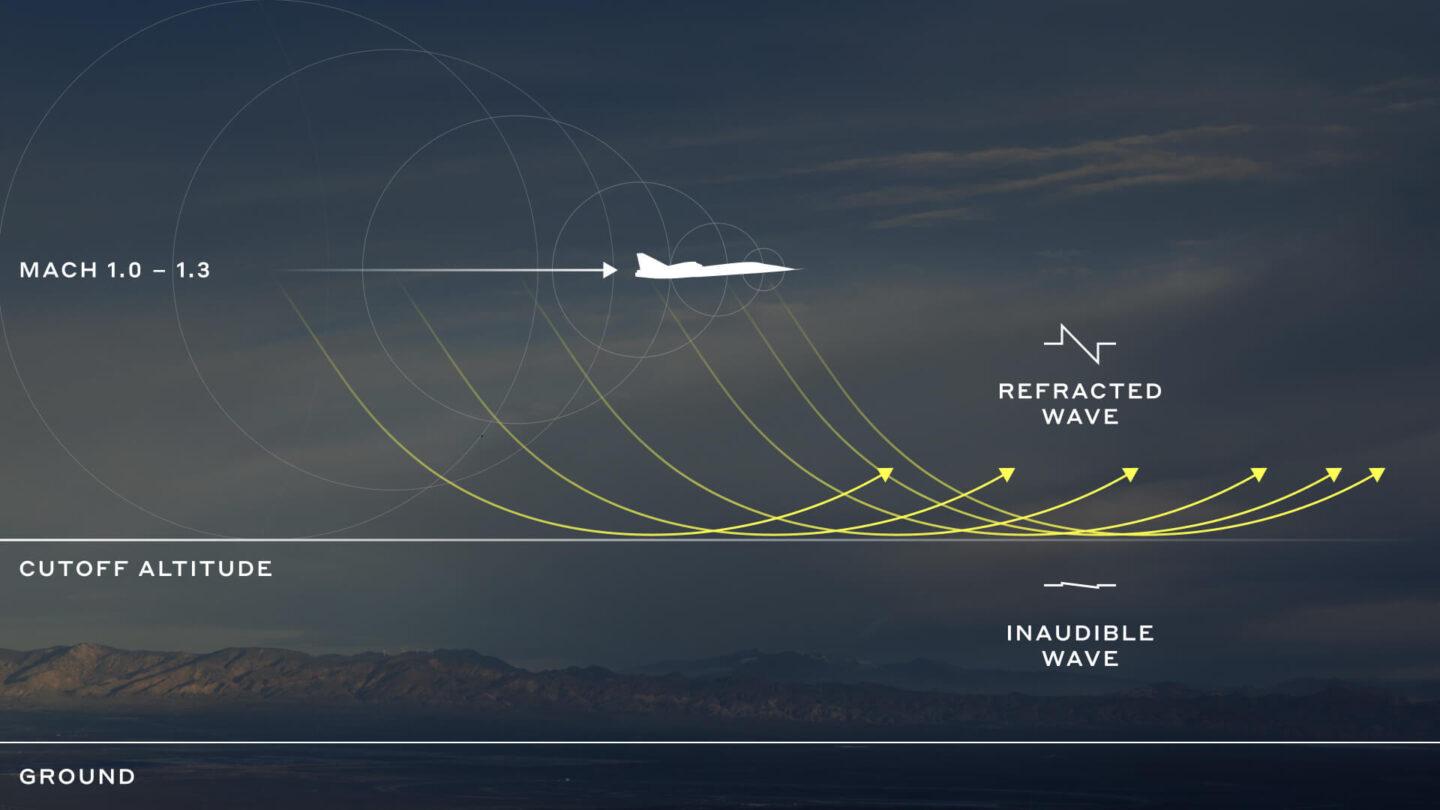This post was originally published on Sustainability Times
Source: Sustainability Times
| IN A NUTSHELL |
|
In an unprecedented collaboration, Boom Supersonic and NASA have pushed the boundaries of aviation technology by capturing the shock waves of the XB-1 aircraft during its supersonic flight. This groundbreaking achievement marks a significant milestone in the development of civil supersonic aviation. By employing advanced Schlieren photography, a technique that visualizes changes in air density, the project has not only showcased the capabilities of the XB-1 but also paved the way for future innovations in supersonic travel. This endeavor reflects the determination and ingenuity required to transform the once-invisible phenomena of supersonic flight into a visually striking reality.
Perfect Timing and Position Required
The task of capturing Schlieren images was no small feat, demanding precision timing and expert coordination. The process relied heavily on the expertise of Boom’s Chief Test Pilot, Tristan “Geppetto” Brandenburg. With NASA’s assistance, the XB-1 was maneuvered over the Mojave Desert to a precise location, allowing for the perfect alignment required to photograph the shock waves.
NASA’s role was crucial in this operation. By providing meticulously calculated waypoints, they equipped the XB-1 team to develop specialized avionics software. This software guided the aircraft to the exact spatial coordinates necessary for capturing the images. Meanwhile, NASA’s ground-based telescopes, equipped with specialized filters, were primed to detect the air distortions created by the supersonic speed. As the aircraft eclipsed the sun, these telescopes were able to capture the unique Schlieren photographs, presenting a visual record of air density variations at speeds exceeding Mach 1.
No Sonic Boom Audible on Ground
One of the most intriguing outcomes of the XB-1’s test flight was the absence of an audible sonic boom on the ground. This discovery has significant implications for the future of supersonic travel. By strategically placing microphones and sound recording devices along the flight path, Boom Supersonic was able to gather crucial data demonstrating that supersonic flight can occur without causing a disruptive sonic boom.
Building upon this data, Boom Supersonic plans to integrate “Boomless Cruise” technology into its future Overture airliner. This advancement promises to revolutionize commercial aviation by enabling flights at Mach 1.3 without the typical sonic boom. The benefits are substantial, offering the potential to reduce coast-to-coast flight times in the United States by up to 90 minutes. This technological leap forward not only enhances travel efficiency but also opens new avenues for the development of environmentally considerate supersonic aircraft.
Implications for the Future of Aviation
The success of the XB-1’s supersonic flight and the data collected have far-reaching implications for the future of aviation. By demonstrating the feasibility of supersonic travel without the sonic boom, Boom Supersonic is laying the groundwork for a new era of faster and more efficient air travel. The company’s commitment to innovation is evident in their plans for the Overture airliner, which has already garnered significant interest, with 130 orders and pre-orders from major airlines such as United Airlines, American Airlines, and Japan Airlines.
Boom’s Overture Superfactory in Greensboro, North Carolina, is set to become a hub of production, aiming to produce 66 Overture aircraft annually. This ambitious goal underscores the potential for supersonic travel to become a mainstream option in the near future. As Boom Supersonic continues to refine and scale the technology demonstrated in the XB-1, the aviation industry stands on the brink of a transformation that promises to redefine the speed and efficiency of global travel.
US Wholesale Prices Stay High, Indicating Inflation May Linger
The Role of Innovation in Aviation
The collaboration between Boom Supersonic and NASA exemplifies the power of innovation in advancing aviation technology. By combining resources and expertise, these organizations have achieved a milestone that once seemed unattainable. The successful capture of the XB-1’s shock waves is not only a testament to human ingenuity but also a harbinger of the possibilities that lie ahead for supersonic travel.
As technological advances continue to break barriers, the aviation industry is poised to undergo a significant transformation. The insights gained from the XB-1 project will serve as a foundation for future developments in supersonic travel, paving the way for faster, more efficient, and environmentally sustainable air transportation. The question remains: how will these advancements shape the future of global travel, and what new horizons will they open for the aviation industry?
The post “NASA Captures the Unthinkable” – XB-1’s Supersonic Wave Stuns the World with Groundbreaking Clarity appeared first on Sustainability Times.


 Boom Supersonic and NASA collaborated to capture the shock waves of the XB-1 using advanced Schlieren photography.
Boom Supersonic and NASA collaborated to capture the shock waves of the XB-1 using advanced Schlieren photography. The successful operation required precise timing and expert piloting, resulting in unique images of air density variations at supersonic speeds.
The successful operation required precise timing and expert piloting, resulting in unique images of air density variations at supersonic speeds. The test demonstrated that supersonic flight is possible without an audible sonic boom, paving the way for quieter and faster air travel.
The test demonstrated that supersonic flight is possible without an audible sonic boom, paving the way for quieter and faster air travel. Boom Supersonic plans to incorporate these findings into its Overture airliner, promising to transform commercial aviation with reduced flight times.
Boom Supersonic plans to incorporate these findings into its Overture airliner, promising to transform commercial aviation with reduced flight times.


0 Comments